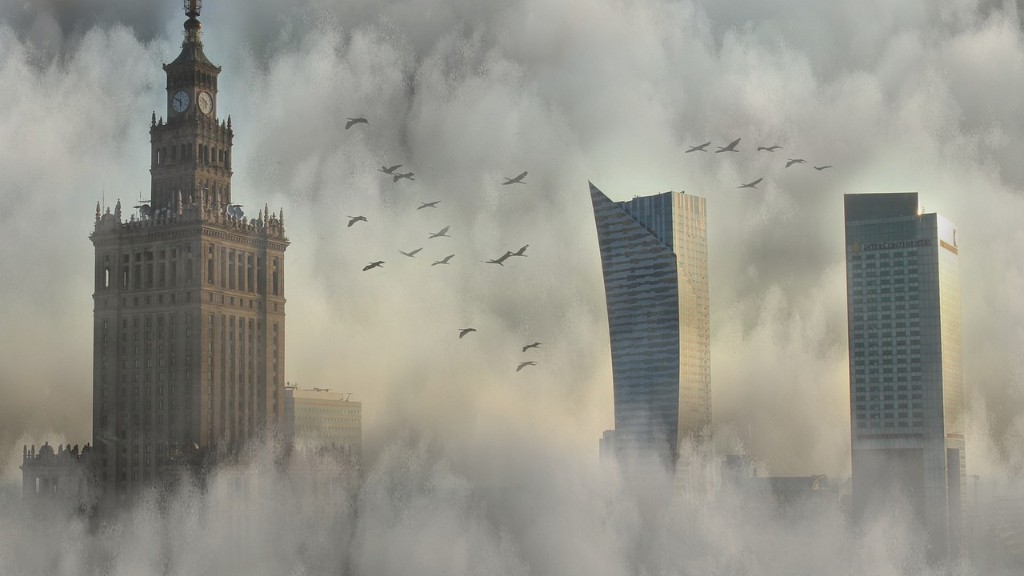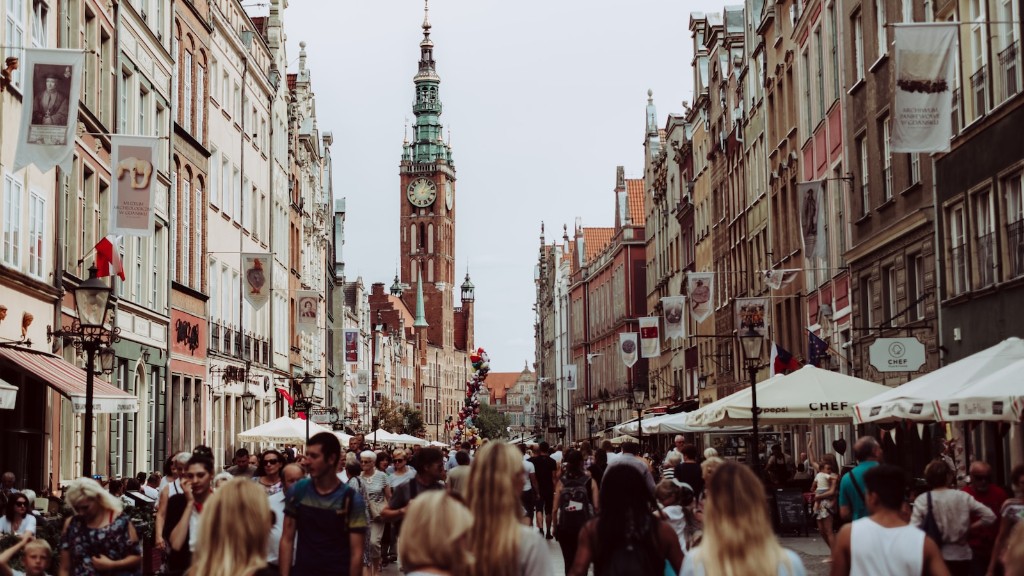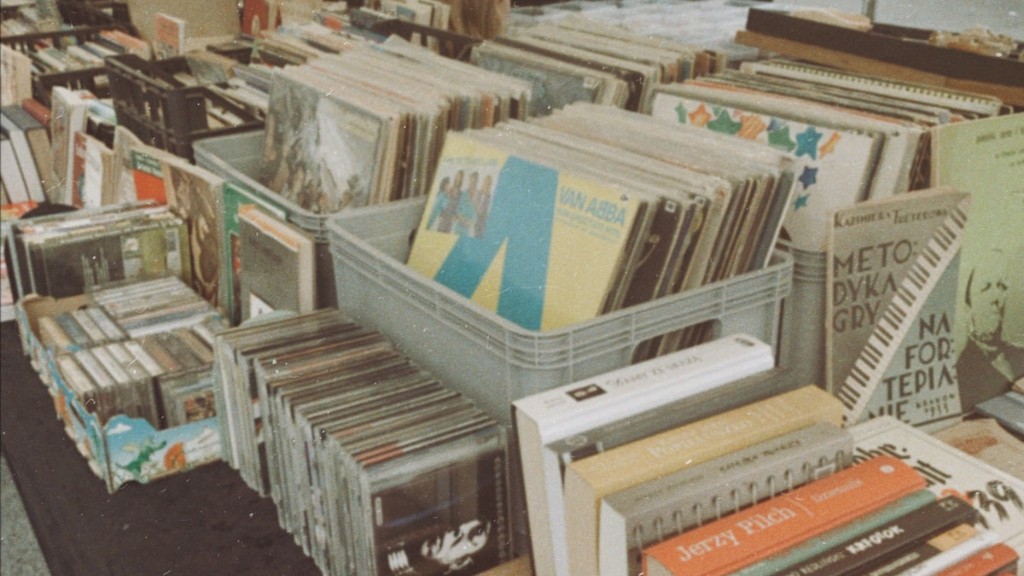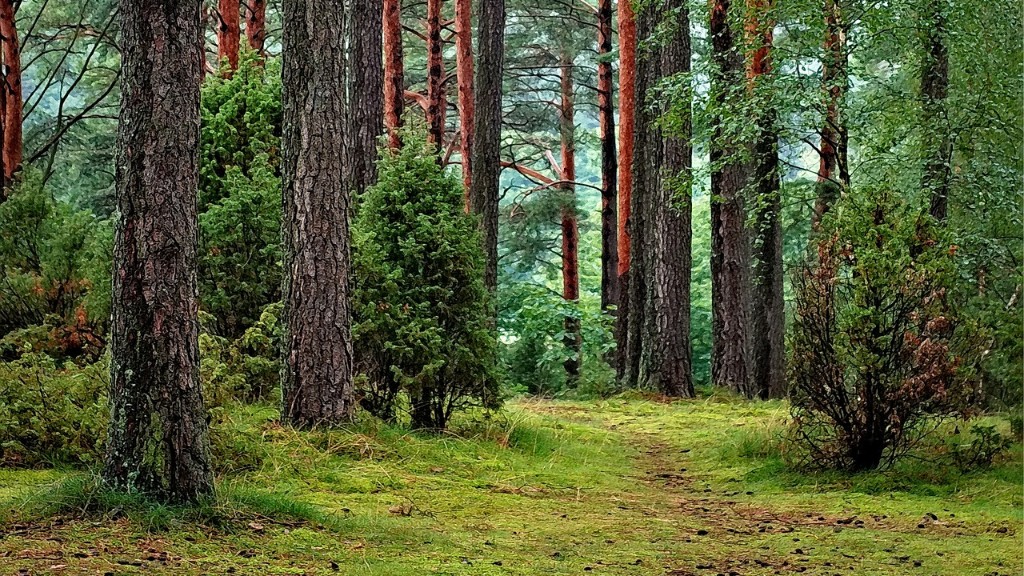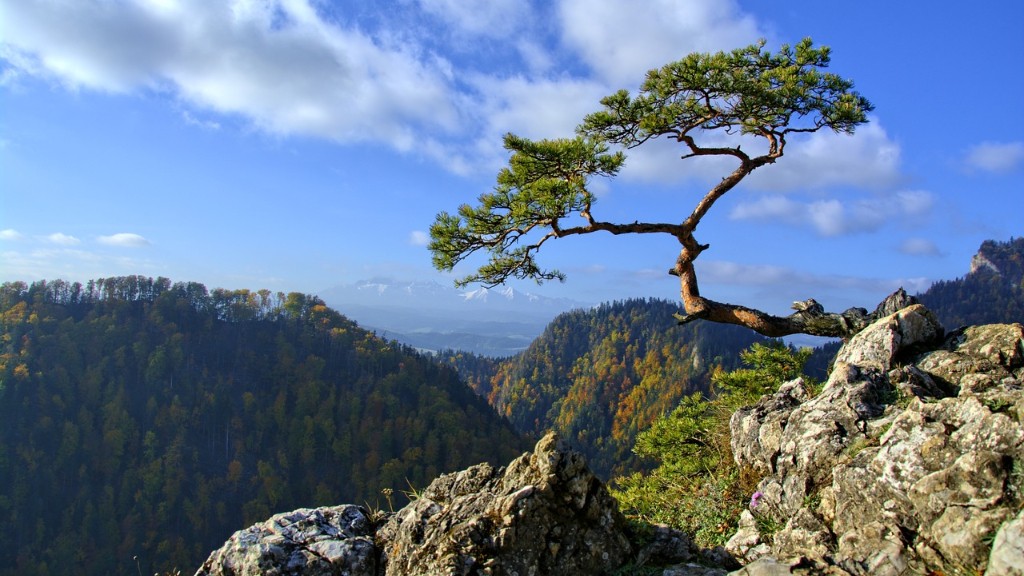Poland’s Unique History
Poland is a country located in central Europe with a rich history and culture that dates back thousands of years. It is bordered by Germany to the west, the Czech Republic and Slovakia to the south, Ukraine and Belarus to the east, and the Baltic Sea and Kaliningrad Oblast to the north. Poland’s culture is unique to the rest of Europe because of its own distinct cultural and linguistic influences, history, and geographic position.
Poland has been an independent country since 1918, and is a member of the European Union since 2004. The country is home to around 38 million people, making it the sixth-most populous member state in the EU. Poland has a rich visual arts tradition, and is especially renowned for its sculpture and architecture. The country’s capital city, Warsaw, is the ecclesiastical and cultural centre of the country and is home to many of its national monuments and famous structures.
The language spoken in Poland is Polish, a language created from a mix of a variety of Slavic languages, including Czech and Slovakian. This makes the language and culture of Poland distinct and unique to almost any other culture in the world. This language is spoken by a vast majority of Poland’s population, and is protected under the country’s Constitution.
Poland is a unique country due to its turbulent history. From being occupied during the Nazi regime and the Second World War, to the overthrow of Communism in the late 20th century, Poland has experienced more political and social turmoil than most other European countries. This has resulted in a people who are very passionate about their independence and national identity.
Polish cuisine has also been strongly influenced by its turbulent history, with a mix of dishes from all over Europe. Poland’s most popular cuisine, known as pierogi, consists of boiled dumplings filled with meats, vegetables, or cheese. Other popular dishes include bigos (sauerkraut stew), czernina (duck blood soup), and kotlet schabowy (breaded pork or beef cutlet).
Poland is also famous for its unique music, which is heavily influenced by its neighbours, including Germany, Ukraine, Belarus, and Austria. The country is also home to a number of renowned classical musicians, including renowned composer, Frederic Chopin. Polish folk music, opera, and classical music are still popular today, and the country now produces some of the best modern music in Europe.
Poland’s Fascinating Museums
Poland is a great place to discover history, as the country has more than two hundred museums and galleries. These institutions provide an insight into Poland’s past and offer art, history, and cultural exhibitions. The most popular museums in Poland include the Wawel Royal Castle in Krakow, the National Museum in Warsaw, and The Auschwitz-Birkenau State Museum in Oświęcim.
The Wawel Royal Castle, located in Krakow, has been a symbol of Polish monarchy since its construction in the 14th century. It is an iconic part of Poland’s history, and offers a range of exhibitions showing the country’s progression from medieval times to the present day. It is also home to the National Library, with over two million books.
The National Museum in Warsaw is the largest museum in Poland, and one of the most significant in Europe. It houses 8 million items covering a range of fields such as archaeology, mathematics, history, art, theatre, and music. It also has a library with over eight hundred thousand publications.
The Auschwitz-Birkenau State Museum, located in the small town of Oświęcim, is a memorial to the victims of the Nazi occupation. The museum shows the horrific effects of racism, discrimination, and anti-Semitism that occurred in World War II. It is a painful reminder of the atrocities committed by the Nazis.
Poland’s museums are a great way to explore the country’s culture and history. They provide insight into the country’s past and offer a chance to experience the country in a unique and special way.
Poland’s Popular Art Scene
Poland has a vibrant art scene, with the country home to some of the most influential art galleries and museum in the region. The National Museum in Warsaw houses over 8 million items, including painting, sculptures, installations, drawings, photographs, and prints. The Zacheta National Gallery of Art has been a major influence on the country’s art scene since its foundation in 1916.
The city of Krakow is home to some of the best-known galleries in the country, such as the MOCAK Museum of Contemporary Art, the Cricoteka Museum, and the Manggha Museum of Japanese Art. These galleries are home to some of the most exciting contemporary and modern art in Poland. The city is also home to the PROMKraków Gallery, which is a modern art gallery specializing in exhibitions of established and upcoming local and international artists.
The city of Lublin is home to some of the most innovative and diverse festivals and exhibitions. These include The Audiovisual Road Festival, The International Human Rights Documentary Film Festival, and the Lublin Festival of Jewish Culture. These events are a great way to explore culture through film, music, art, and theatre.
Poland has a long and interesting history of art and culture, which is celebrated through its galleries and festivals. This provides a great opportunity to experience the country in a unique and different way.
Poland’s Unique Cuisine
Poland’s cuisine is a unique mix of flavours and styles, and draws on a variety of influences, ranging from the country’s neighbouring countries to its own Slavic traditions. The country is known for its hearty dishes, with typical staple foods including pierogi (dumplings), bigos (sauerkraut stew), cabbage rolls, and golonka (pork knuckle).
Poland is also home to some unusual ingredients, which are used to create unique and traditional dishes. These include pickled cucumbers, goulash, and sourdough rye bread. Polish cuisine also includes traditional desserts such as piernik (spice cake), makowiec (poppy seed pastry), and sękacz (a type of spiced bundt cake).
Poland is also known for its unique and innovative approach to food, with the country’s top chefs creating exciting and experimental dishes. These include molecular gastronomy, fusion cooking, and deconstructed dishes. This demonstrates the unique creativity of the country’s chefs, and how they are pushing the boundaries of traditional Polish cuisine.
Poland’s unique cuisine is a reflection of the country’s history and culture. It is a mix of traditional and modern, and a great way to experience the country in an interesting and unique way.
Poland’s Unique Natural Landscape
Poland is known for its unique natural landscape. It has a thriving wildlife including species like wolves, lynx, wild boar, elk, bison, and beavers. Poland is home to 9 national parks, with the oldest being the Białowieża Forest, which has been designated as a UNESCO World Heritage Site since 1979.
The mountain ranges in Poland are also a popular destination for tourists, including the Rysy in the Tatras Mountains, and Sniezka in the Karkonosze Mountains. The country is also home to some magnificent caves, such as the Bażyniec Cave in the Tatra National Park.
Poland’s stunning coastline is also a top destination for tourists. The Pomeranian Coast is a popular summer destination, and is home to some of the best beaches in Europe, including Sopot and Gdynia. The Masurian Lake District in the north of the country is also a major tourist destination, with its rolling hills, hillsides, and blue-green lakes.
Poland’s natural landscape is truly unique. Its combination of wildlife, mountains, caves, and stunning coastline make it one of the most beautiful and diverse countries in Europe.
Poland’s Unique Religion
Religion has always been an important part of Poland’s identity, with the country having a rich and deep religious history. Catholicism is the predominant religion in Poland, and it is the largest Catholic country in Europe. The country is also home to a variety of other religions, including Protestantism, Judaism, and Greek Orthodoxy.
Poland is home to some of the most significant churches and monasteries in Europe, including Wawel Cathedral in Kraków, Jasna Góra Monastery in Częstochowa, and the Shrine of Pope John Paul II in Kraków. All of these places are deeply symbolic of the country’s religious culture.
Religion has always been an important part of Polish culture and has shaped the country in many ways. It has had an influence on the country’s art, music, architecture, and language. Poland is one of the most religious countries in Europe, and this unique and special relationship between religion and culture is one of the things that makes the country so special.
Poland is a country with a unique culture and history. Its strong religious presence, incredible art scene, interesting cuisine, stunning wildlife, and mountainous landscape make it one of the most impressive and beautiful countries in Europe.
